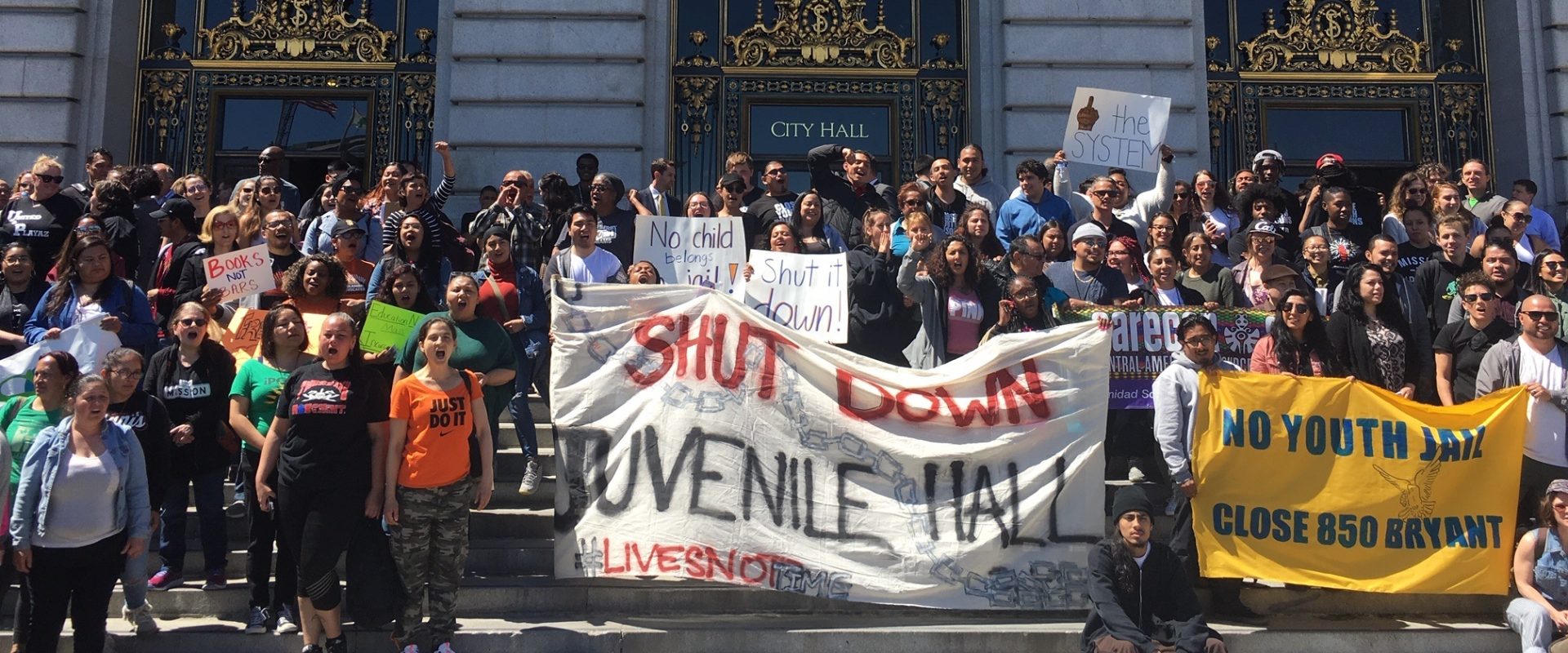Recent reports by the W. Haywood Burns Institute and NAACP deploring disproportionate minority confinement in juvenile facilities raise an important ongoing issue. It is true, as the Center on Juvenile and Criminal Justice’s own investigations agree, that black and brown youth receive increasingly harsh treatment as they move from arrest through sentencing stages that the juvenile justice system must address. But there’s another troubling issue. A key CJCJ mission has been to reduce the use of…
Blog Dec 13, 2008
Abolish the Office of National Drug Control Policy
The White House Office of National Drug Control Policy was established in the early 1980s, funded in 1986, and issued its first National Drug Control Strategy in 1987. In the middle of a massive crack-cocaine and heroin epidemic generating rising overdose deaths and dealer violence, the Strategy prioritized chasing around casual users, mostly of marijuana, on the grounds that moderate drug users set a bad “moral… example.” In the two decades during which the ONDCP and its “drug czar” have…
Blog Dec 13, 2008
Avoid Easy “Blame the Media” Path on Crime
Two starkly diverging pathways for President-elect Barack Obama’s crucial, so far unknown, public stance toward crime issues are emerging. This brief discusses the Easy Path: Blaming youth, gangs, popular culture, and “the media” that former President Clinton largely embraced. News reports are abuzz with a barrage of “shocking new studies” declaring popular-media influences such as television, movies, rap music, and internet sites are pivotal causes of violence by youth. Unfortunately,…
Blog Nov 29, 2008
Obama’s crime policy — no “change” yet
Think anew, exhorted Barack Obama. “The old ways simply can’t meet the challenges of today and tomorrow.” That’s been a campaign theme of the president-elect’s repeated, welcome calls for innovation on foreign policy, budget reform, and energy and an end to Washington’s stifling “groupthink.” But does Obama propose to extend this refreshing imperative to evolve new thinking America’s century of disastrously failed policies on crime, violence, drug abuse, and related social ills? After all,…
In criminal justice debate and policy, it is important to keep up with often startling realities – and California’s contain plenty of surprises. Consider three statements often made about adult-court prosecutions of juveniles: 1. The number of juveniles tried in adult court is increasing. False. Department of Juvenile Justice (DJJ) reports show the number and percentage of juvenile inmates in state facilities sentenced by adult criminal courts (as opposed to juvenile courts) has plummeted ‚…
